Premium Only Content
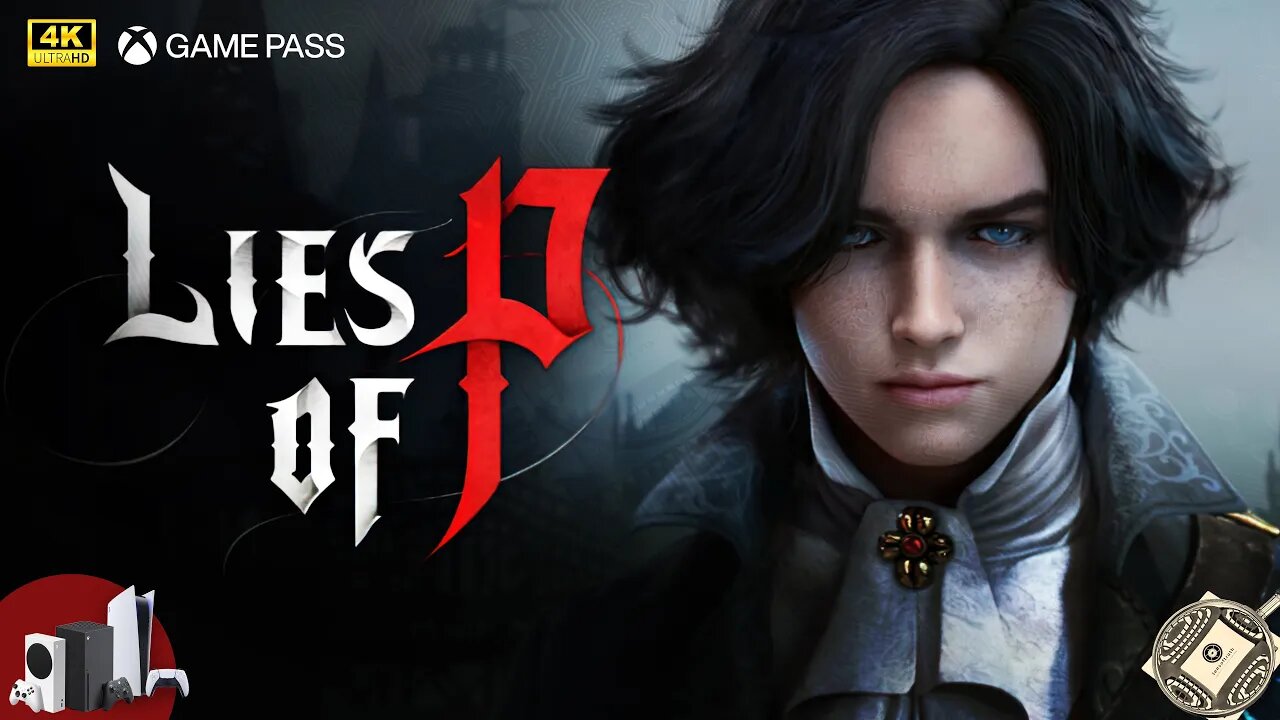
LIES OF P - Tech Analysis on Xbox Series S/X and PS5 - GAME PASS
Analysis of performance and image quality of Lies of P on Xbox Series X/S and PS5.
Index:
Intro 00:00
Frame Rate – Quality Mode 00:09
Resolution 02:14
Reflections 05:29
Frame Rate – Quality VRR Mode 07:24
Shadows 09:29
Textures 11:24
Frame Rate – Performance Mode 13:19
Loading 15:24
Conclusions 15:58
Xbox Series S Tech Specs 17:43
Xbox Series X Tech Specs 17:53
PS5 Tech Specs 18:03
Technical dictionary:
- AMD FidelityFX™ Super Resolution (FSR):
FidelityFX Super Resolution (FSR) is used to upsample an input image into a higher resolution. There are two versions of FSR with distinctive upscaling technique and image quality.
FSR 1 is a spatial upscaler based on the Lanczos algorithm* requiring an anti aliased lower resolution image.
FSR 2 and 2.1 is a temporal upscaler based on a modified Lanczos* requiring an aliased lower resolution image and utilising the temporal data (such as motion vectors and frame history) and then applies its own anti aliasing pass which replaces the game's temporal anti-aliasing solution.
Quality Preset Scale Factor Render Scale
Performance 2.0x 50.0% (e.g. for 4k: 1080p upscale to 2160p with FSR)
Balanced 1.7x 58.8% (e.g. for 4k: 1270p upscale to 2160p with FSR)
Quality 1.5x 66.6% (e.g. for 4k: 1440p upscale to 2160p with FSR)
* The Lanczos algorithm is an iterative algorithm invented by Cornelius Lanczos that is an adaptation of power methods to find eigenvalues and eigenvectors of a square matrix or the singular value decomposition of a rectangular matrix. It is particularly useful for finding decompositions of very large sparse matrices.
- Cube Mapping Reflections:
A Cubemap is a collection of six square textures that represent the reflections on an environment. The six squares form the faces of an imaginary cube that surrounds an object; each face represents the view along the directions of the world axes (up, down, left, right, forward and back). Cubemaps are often used to capture reflections or “surroundings” of objects; for example skyboxes and environment reflections often use cubemaps.
- Screen Space Reflections (SSR):
Screen space reflections (SSR): a more expensive technique that traces reflection rays in screen space (as opposed to world space in e.g. ray tracing). This is done for each rendered pixel of the reflected surface, using the surface normal and scene depth.
The disadvantage is that objects not captured in the rendered frame cannot appear in the reflections, which results in unresolved intersections and incomplete reflection image.
- Ray-Traced Reflections
Ray-Traced Reflections is a more accurate ray-traced solution to Screen Space Reflection technique (that traces reflection rays in screen space), ray tracing traces reflection rays in world space.
The disadvantage of the technique using ray tracing is the need for a dedicated hardware for accelerating the calculations needed to perform the feature.
- Shadow Mapping
Shadow mapping or shadowing projection is a process by which shadows are added to 3D computer graphics. This concept was introduced by Lance Williams in 1978, in a paper entitled "Casting curved shadows on curved surfaces."[1] Since then, it has been used both in pre-rendered and realtime scenes in many console and PC games. Shadows are created by testing whether a pixel is visible from the light source, by comparing the pixel to a z-buffer or depth image of the light source's view, stored in the form of a texture.
- Simple Shadow Mapping
Simplest possible implementation of Shadow Mapping, without any smoothing or additional features.
- Soft Shadows Mapping
Soft shadows are typically rendered in games by using shadow mapping and Percentage Closer Filtering with a uniform kernel size. The Percentage-Closer Soft Shadows (PCSS) algorithm computes a variable kernel size based on the distance between the relative position of the receiver point, an approximation of the blocker, and the area light.
- Ray-traced Shadows
Ray-traced shadows are generated by tracing the path of rays sampled from a light source. Ray-traced shadows are more accurate than shadow-mapped shadows. All ray-traced shadows are world space shadows.
- Unreal Engine 5 Lumen
Lumen is Unreal Engine 5's fully dynamic global illumination and reflections system that is designed for next-generation consoles, and it is the default global illumination and reflections system. Lumen renders diffuse interreflection with infinite bounces and indirect specular reflections in large, detailed environments at scales ranging from millimeters to kilometers.
-
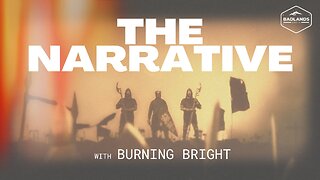 3:28:14
3:28:14
Badlands Media
1 day agoThe Narrative Ep. 39: The Sovereign Mind
120K39 -
 2:17:35
2:17:35
TheSaltyCracker
11 hours agoThe Charlie Kirk Effect ReeEEStream 9-21-25
128K350 -
 2:03:07
2:03:07
vivafrei
11 hours agoEp. 283: Charlie Kirk Memorial and other Stuff in the Law World
227K203 -
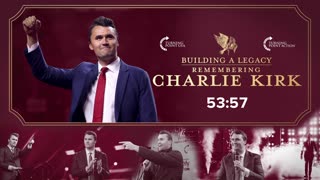 9:13:12
9:13:12
The Charlie Kirk Show
22 hours agoLIVE NOW: Building A Legacy, Remembering Charlie Kirk
2.18M958 -
 1:55:20
1:55:20
The White House
14 hours agoPresident Trump Participates in the Memorial Service for Charlie Kirk
114K95 -
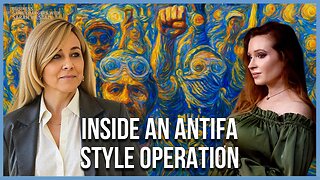 1:02:41
1:02:41
Sarah Westall
13 hours agoDomestic Terror Operation: Death Threats, Smear Campaigns, Gang Stalking w/ Journalist Sarah Fields
65.3K11 -
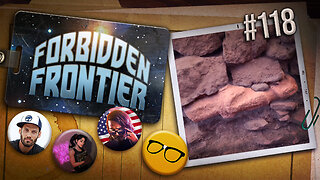 1:51:40
1:51:40
Nerdrotic
13 hours ago $24.63 earnedGobekli Tepe Discovery and "Reconstruction" | Forbidden Frontier #118
106K13 -
 29:07
29:07
Tactical Advisor
13 hours agoATF Changes Ruling on SBR & Tacpack unboxing | Vault Room Live Stream 039
108K21 -
 2:00
2:00
From Zero → Viral with AI
19 hours ago $6.55 earnedAre You Being Left Behind? Why AI Marketing is No Longer Optional
59.7K11 -
 9:10
9:10
BlackDiamondGunsandGear
17 hours agoI Finally Got it! / Rough Country Build Ep.1
40.4K9